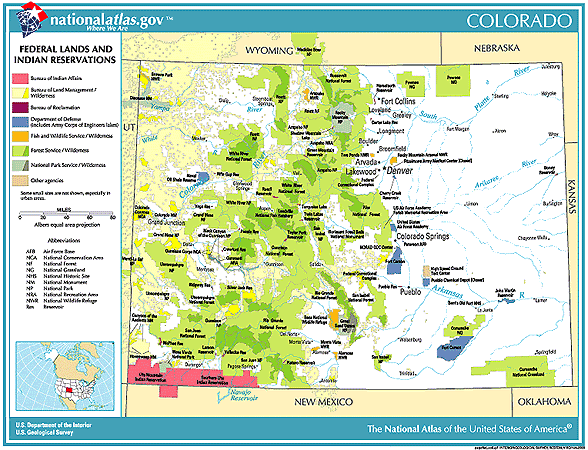Paradise?
-The geology found in denver includes a basin near Denver that creates a large amount of petroleum for the city. Denver has rock formations dating back to Paleozoic, Mesozoic, and Cenozoic eras. In Jefferson county, there are large amounts of crushed stone at the foot of the city that contribute to the creation of concrete. The nearby Rocky mountains were formed from plate tectonic shifting less than 80-55 million years ago. (USGS) The soil of Denver consists is made up of seitz in some areas, which is volcanic rocks.
Percent of Population Change
-The population of Denver is on the rise and starting to become more diverse than it was in recent past as that of Hawaii also. The population of Asians in Hawaii is a lot higher than that of Denver's predominately white makeup. Hawaii and Denver can be considered similar because they both have weather patterns that seem to be unpredictable and they both have high rates of tourism.
References:
http://planet-sl.org/sle-conference/images/stories/SLE2009/denver_colorado_panorama.jpg (pic 1)
http://rmgsc.cr.usgs.gov/rmgsc/index.shtml
http://www.denverinfill.com/images/blog/2008-07/2008-07-10_pop_city.jpg (pic 2)
http://www.oas.samhsa.gov/metro/Denver/Figure_2_Denver.jpg (pic 3)













